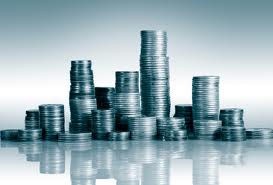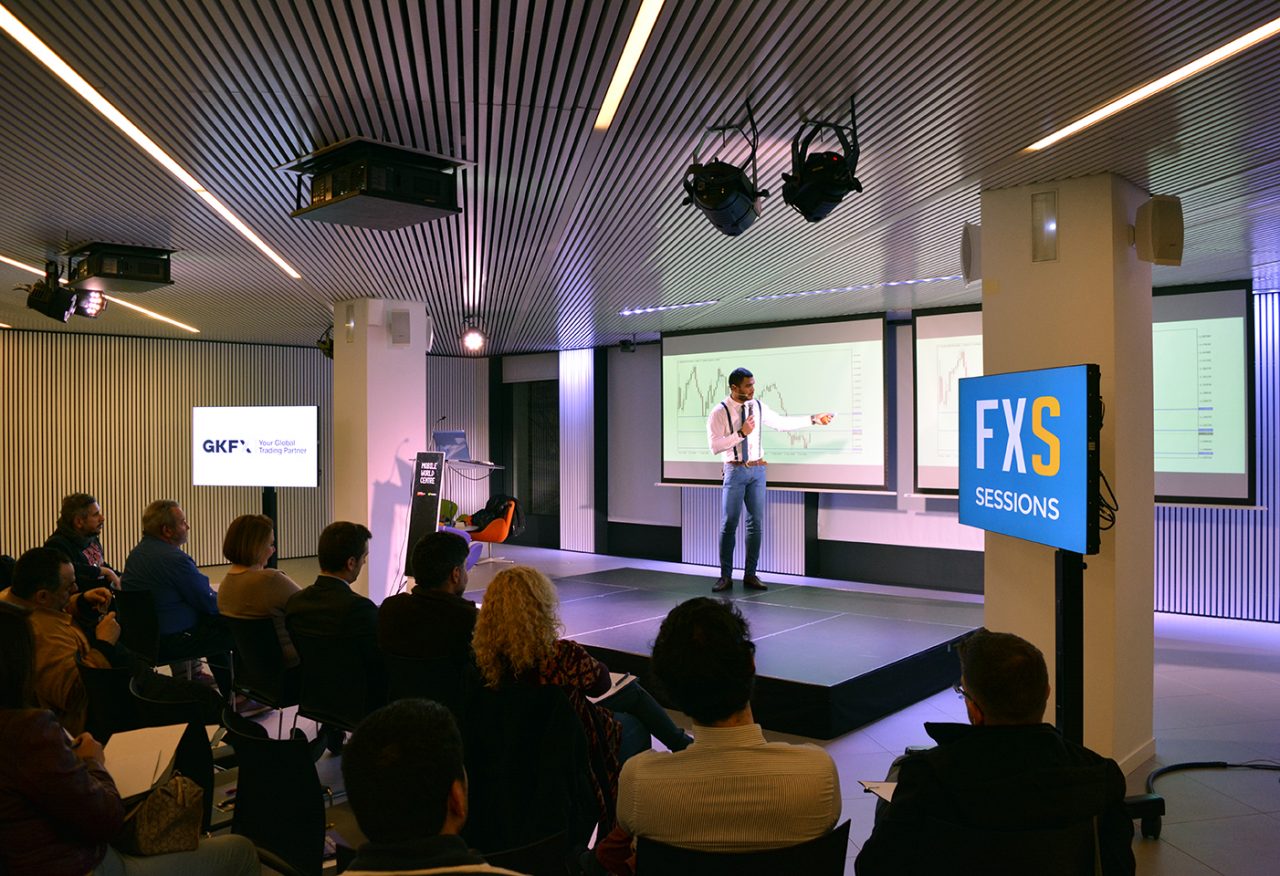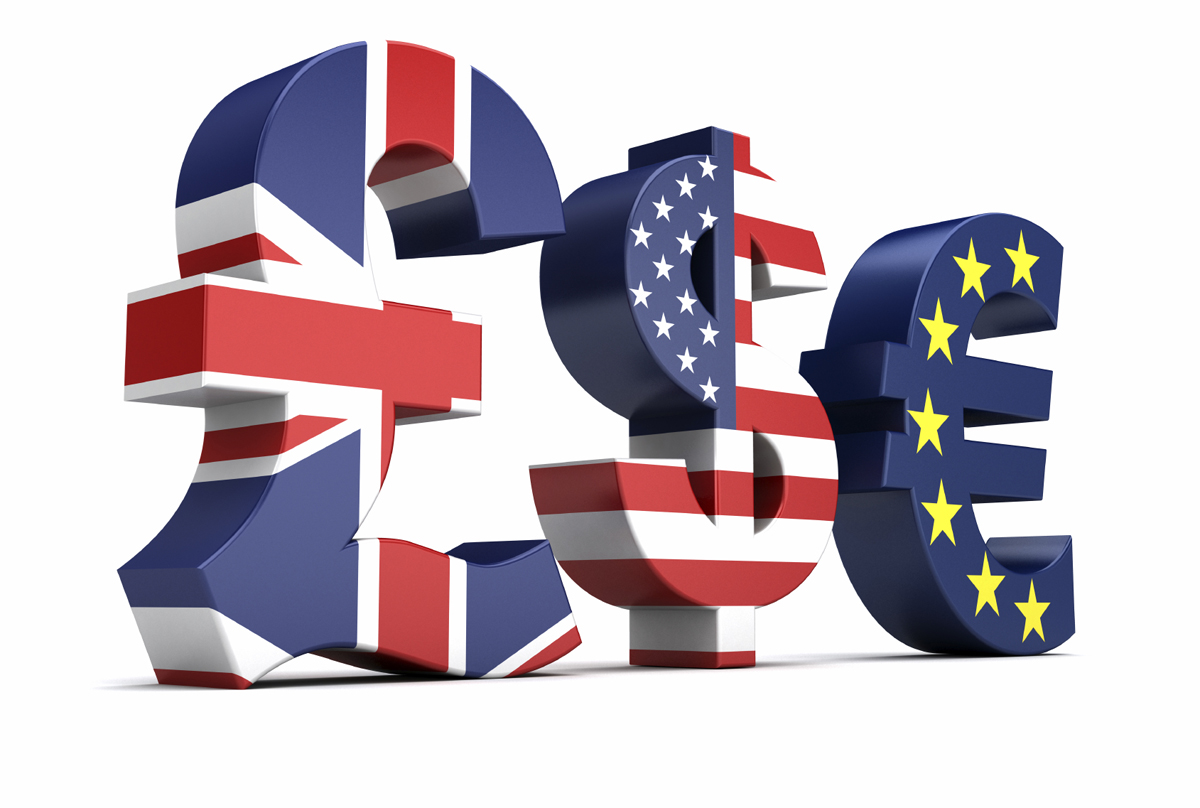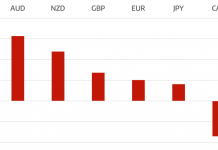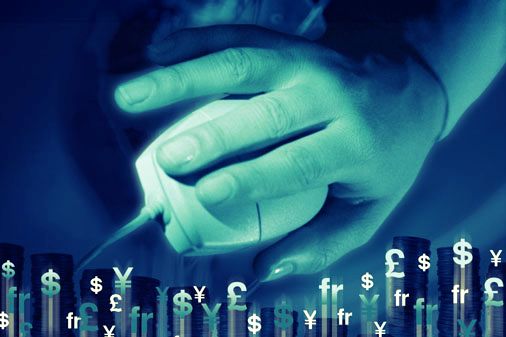
Forex Trading MBA Part 5: Key Terms Explained!
Trading in the FX, Forex market is a powerful way to create additional income, trade professionally and the basics of it are very simple. However is all about learning with the best and having a sound trading and capital markets education, and managing to get into the best methodology approach. Therefore if you have any experience at investing or trading in other markets, such as the stock market, then you should be able to pick it up pretty easily. This 5th part of our tradersdna Forex Trading MBA will highlight the aim of explaining the key terms.
“The first rule is not to lose. The second rule is not to forget the first rule.” Warren Buffet
Market depth and Liquidity
Key Forex Terms Explained
In this installment, we are going to explain a few key terms that you will need to understand before you start forex trading, namely lots, leverage, margin, pips, and pipettes.
Pips and Pipettes
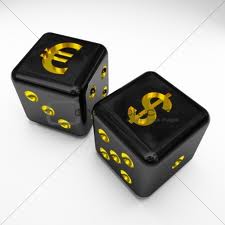
GBP/USD = 1.4235
EUR/USD = 1.22367
One hundredth of a percent (0.0001) is known as one percentage point, or pip for short. So, if GBP/USD moved from 1.4235 to 1.4238, we would say that it had moved up by three pips.
One thousandth of a percent (0.00001) is known as a pipette. If EUR/USD moved from 1.22367 to 1.22365, we would say that it was down three pipettes.
Lots
When you go to the shop to buy eggs, you can’t just buy individual eggs – you usually have to buy them in boxes of six or twelve. The same principle applies to currencies– you can’t just buy one unit, you have to buy a certain amount of units at a time, such as 1,000 or 100,000.
This ‘certain amount’ is known as a ‘lot’. The standard lot size is 100,000, although you can get smaller denominations such as ‘mini lots’ (10,000) and ‘micro lots’ (1,000).
So, if you wanted to buy EUR/USD, and your broker only allowed trading in standard lots, you would have to lay down 100,000 euros in order to enter the trade. Which is all very well and good if you are a large institutional investor or a spectacularly wealthy individual, but if not, you will have to trade with a broker that offers smaller lot sizes and/or make a leveraged trade.
Both these words are used to describe the process of borrowing money from the broker to make a much bigger trade than you could otherwise afford to. When brokers talk about 100:1 leverage, they mean that you need a security deposit of 1 currency unit for every 100 that you trade.
Obviously, leverage makes the trade a lot more risky, but the profit potential would be far greater. In the slow-moving world of the currency markets, this can sometimes be the only way to make any kind of recognizable profit.
For example, if you wanted to buy a micro-lot (1,000 units) of EUR/USD, it would set you back 1,000 euros. Now, given that one pip is equal to 0.0001 euro, the exchange rate would have to shift by more than ten pips in your favour just to net you a one euro profit – and this is without even taking the spread into consideration.
Now, let’s throw some leverage into the equation. Let’s say you make a 100:1 leveraged trade to buy 100,000 euro’s worth of dollars. The 10 pip swing we had in the previous example would then net you 100 euros in profit – not bad for an initial stake of 1,000 euros, I think you’ll agree.
However, it could just as easily go the other way. The main danger with leverage is that you could end up owing more than your initial stake to the broker- which is a highly undesirable outcome. You can, however, place stop-loss orders on your trades to protect you from this – we shall cover these later on.
Leverage is also sometimes expressed in terms of a percentage rather than a proportion. When leverage is written in this way, it is called ‘margin’. So, 100:1 leverage could also be called 1% margin, or 20:1 leverage would be called a 5% margin.
All The tradersdna Forex Trading MBA series here:
Forex Trading MBA Part 1: Introduction
Forex Trading MBA Part 2: Exchange Rates and Currency Pairs
Forex Trading MBA Part 3: Currency Quotes
Forex Trading MBA Part 4: Market Depth and Liquidity
Forex Trading MBA Part 5: Key Terms Explained
Forex Trading MBA Part 6: Placing Trade Orders
Tradersdna is a leading digital and social media platform for traders and investors. Tradersdna offers premiere resources for trading and investing education, digital resources for personal finance, market analysis and free trading guides. More about TradersDNA Features: What Does It Take to Become an Aggressive Trader? | Everything You Need to Know About White Label Trading Software | Advantages of Automated Forex Trading


























